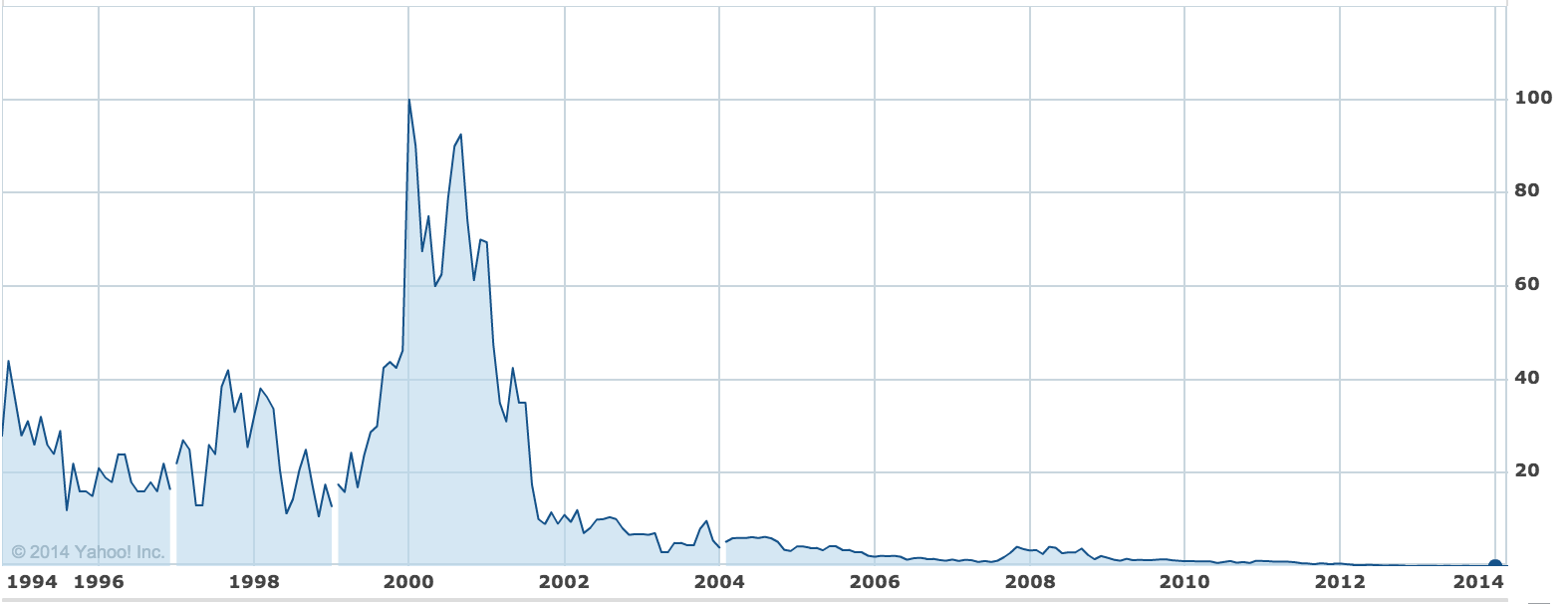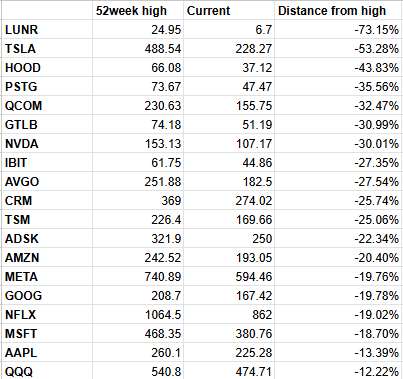Last warning on penny and OTC and pink sheet stocks

It was February 2007, and Google had just bought YouTube for $1.7 billion. I had recently founded and owned most of an Internet video company, which was suddenly hot, hot, hot.
The bitter cold February wind hit me hard as I walked out of the Wall Street subway station and on past the New York Stock Exchange and the many barriers around it, to navigate the winding narrow streets of the financial district to Delmonico’s, a fine dining steakhouse that’s been in business for more than 150 years. I was headed to my meeting about selling out my company with the chairman of some sort of financial mini-conglomerate, who I’d recently learned had served time in prison for a few years a couple decades back for some sort of financial fraud-like crime.
He’d first contacted me a few months earlier, as he had become, yes, chairman of an Internet video company that traded OTC on pink sheets for $3 a share and had a nearly $100 million market cap but almost no sales and absolutely no earnings. I had recently raised money and launched a series of Internet video sites called TubeRevolution.com and he wanted to buy the company in exchange for about $2 million worth of stock. I’d raised money for the company at that level and while it meant an immediate exit strategy for me and my investors, there was a catch. The stock we’d get would be under a strict “lockup” period for two years. Meanwhile, the chairman, which owned about a large fraction of the outstanding OTC equity and other warrants and shares, and the company itself and other insiders would be free to sell as many shares as they wanted. I’d balked at the terms, and he’d invited me out to dinner for one last meeting to woo me and try to change my mind.
The chairman, as I’ll call him, looked a bit like if you crossed Marlon Brando’s Don Corleone and the original Boss Hog from Dukes of Hazzard, looking physically almost identical to Boss Hog, but dressed like a true Godfather, favoring hand-tailored English suits of navy blue chalk stripes and expensive bold ties and golden cufflinks and even the token pinky ring.

Charming, charismatic and jolly but with an intense and almost angry undertone, I’d really enjoyed meeting him at his offices on the top floor of a financial district highrise for prior meetings, where I was always greeted by his Barbie-esque Swedish-born receptionist, with a double shot espresso and steamed milk. And as I emerged from the street and onto the impressive entryway of Delmonico’s, he and his team were stepping out of their black town car and already smiling away at me. The CEO of the company in a mock turtleneck and dress jacket and overcoat, the chairman in his typical dressed-to-the-nines outfit, and a couple other what I gathered were salesmen/business development guys in cheaper, but still very nice suits and almost matching wool overcoats.
In my due diligence on the company over the last month, I’d seen a lot of red flags, most recently the chairman’s prison stint, as well as the fact that the company was using all kinds of dirty tricks, including malware, to spike their video site’s page views. So I was already set in my “no” decision about selling my Internet video company to his, but he’d convinced me to listen and I was happy to ride out the full experience and pitch — especially at Delmonico’s over fine wine, excellent steaks and single malt scotches. I loved it when the maitre de of the joint welcomed the chairman by name and told him that his “customary table in the back of the dining hall is ready.”

Anyway, I still said no at the end of the night, and watched the OTC stock they’d offered me eventually pay a bunch of investment-newsletters-for-hire to promote it and the stock rose from $3 to nearly $10. The chairman and the other insider were issuing themselves more warrants and selling their shares every step of the rise. They made millions.
By the time the two-year lockup would have been over, had I sold my company for the OTC stock, it was under $2 a share. which meant that me and my investors would already be facing losses from the recent valuations I’d raised money at of 33% if we were to try to sell our shares. Of course, at this point there was no volume and no demand for the stock and any selling pressure at all would have crushed the stock even lower. Lower, that is, which of course, it eventually headed and never stopped and you can still find the stock trading on the OTC for a whopping 2 cents per share.

Meanwhile, I soon thereafter became the anchor of a primetime news show on Fox Business, and used the money I’d raised to hire a new CEO and team to run TubeRevolution. Over the years, TubeRevolution has morphed and evolved into what is now Scutify and its parent company Wall Street All-Stars, LLC, of which I still own the majority, and of which the valuation has zoomed higher since I left my show after 528 episodes, quit TV entirely and started running the company again.
I’m really rather sick of warning retail investors about the perils of buying penny stocks and OTC and pink sheet stocks in general. But with so many retail investors so desperate for some sort of way to stay ahead of inflation while money markets pay next to nothing, many have recently been plowing head first into these penny and OTC stocks.
I’m here to tell you that I’ve seen the inside of how those penny stocks and OTC stock markets are made, and the retail investor is the “mark” at the table. I want to be clear that I do wish all of you the best, but I’m adamant that retail investors will always end up losing to the chairman in these kinds of stocks.
Cody Willard writes Revolution Investing for MarketWatch, posts the trades from his personal account at TradingWithCody.com, which is not affiliated with MarketWatch, and is the largest shareholder in Scutify‘s parent company, Wall Street All-Stars. At time of publication, Cody was net long Google. Follow Cody on Twitter at twitter.com/codywillard.




